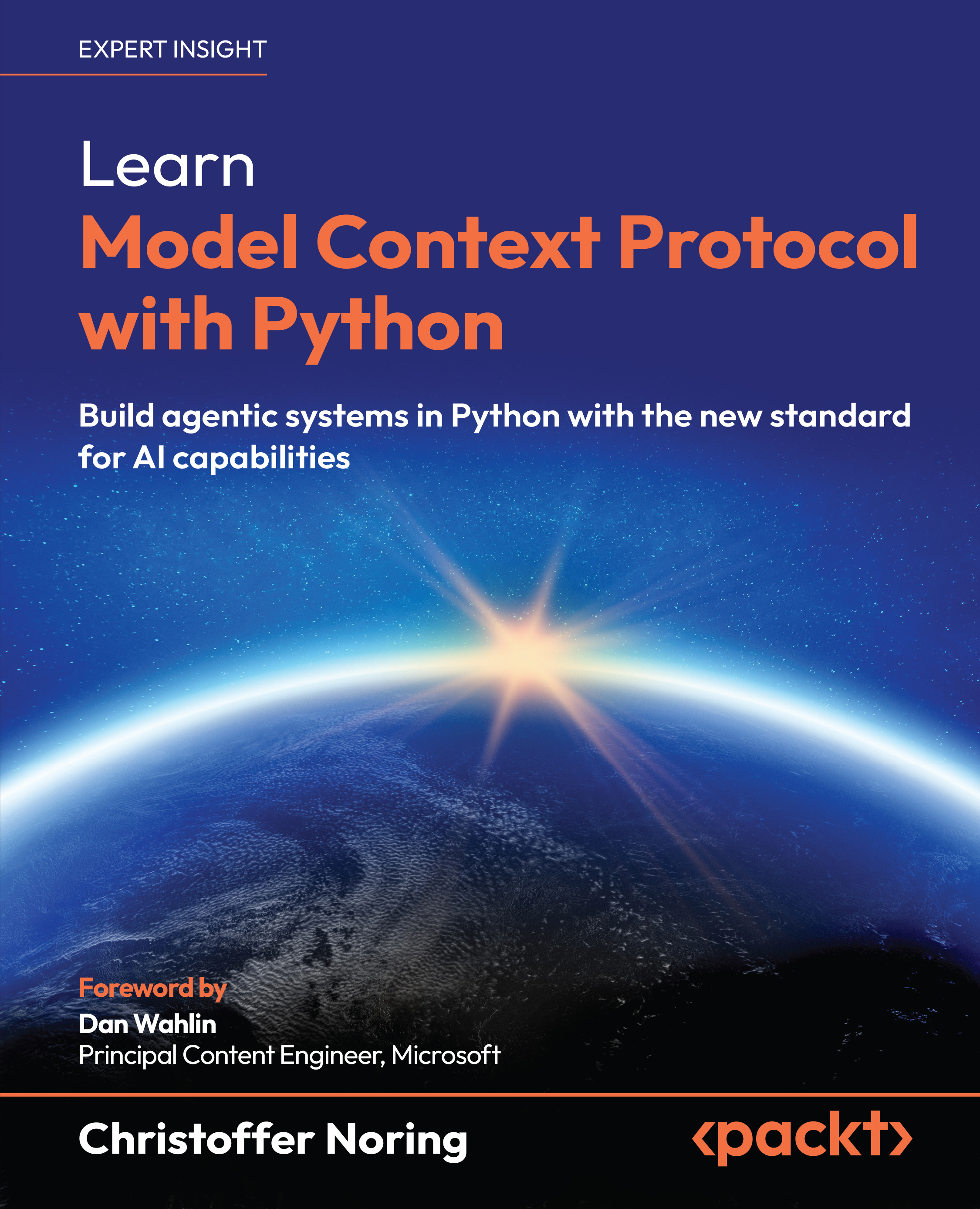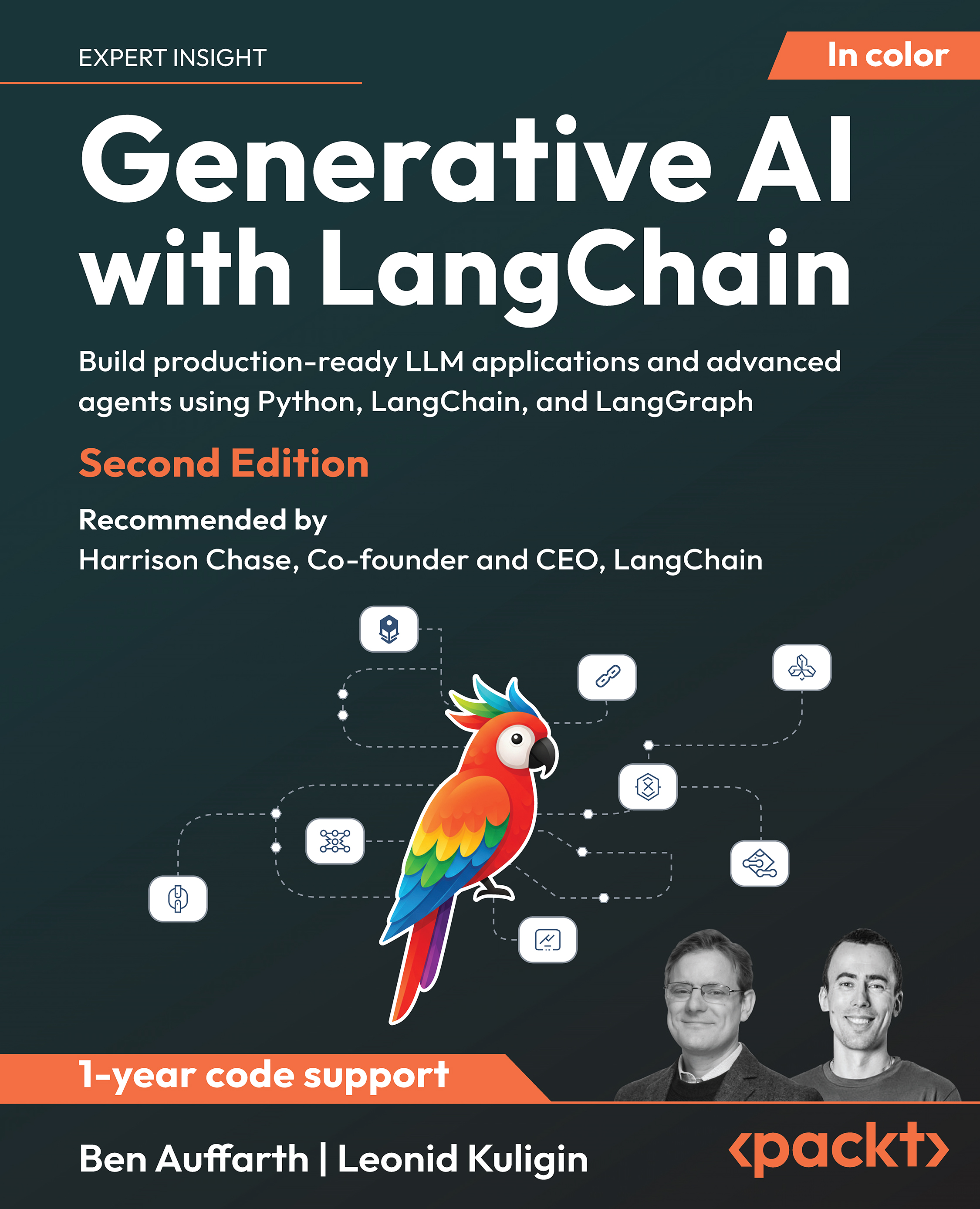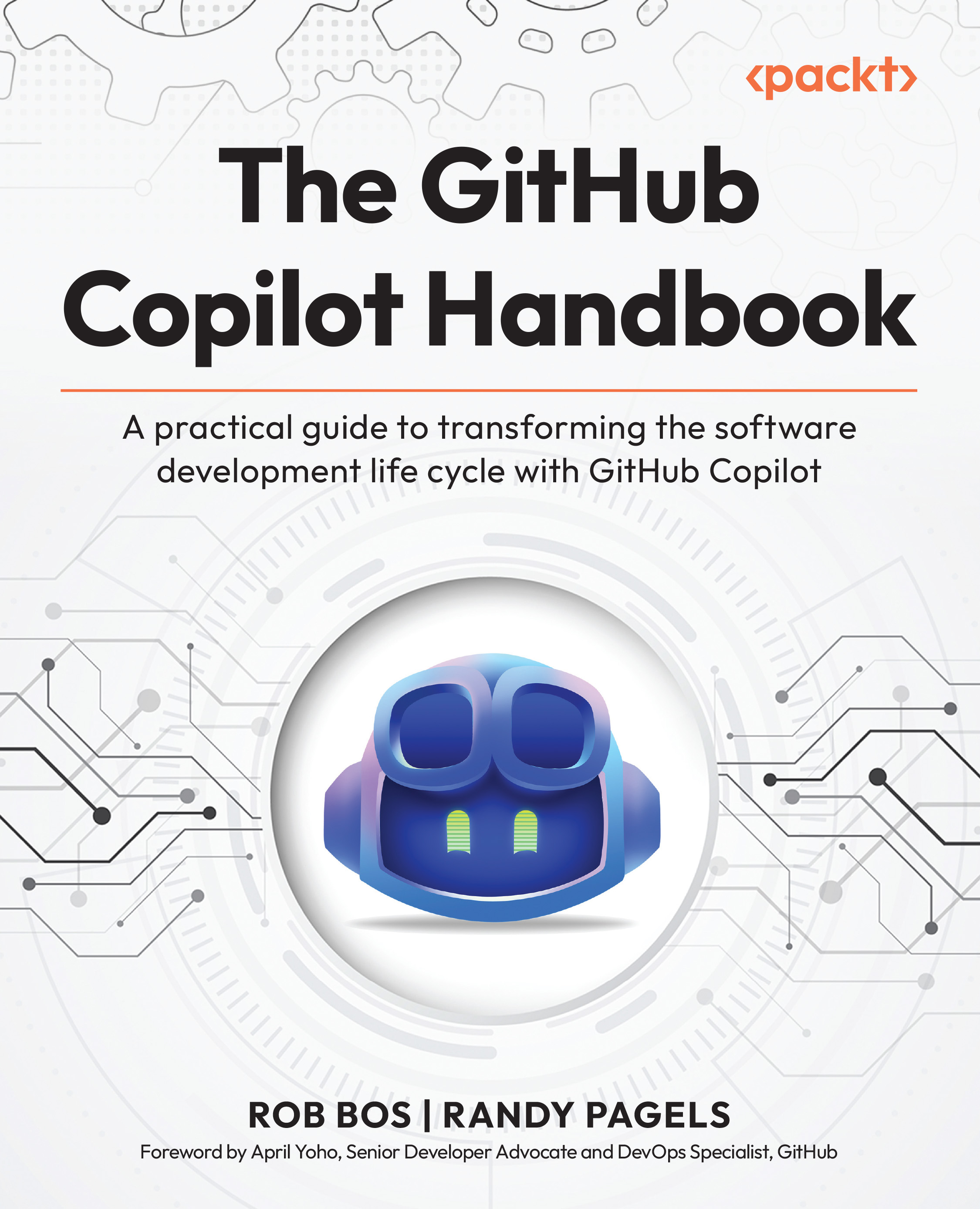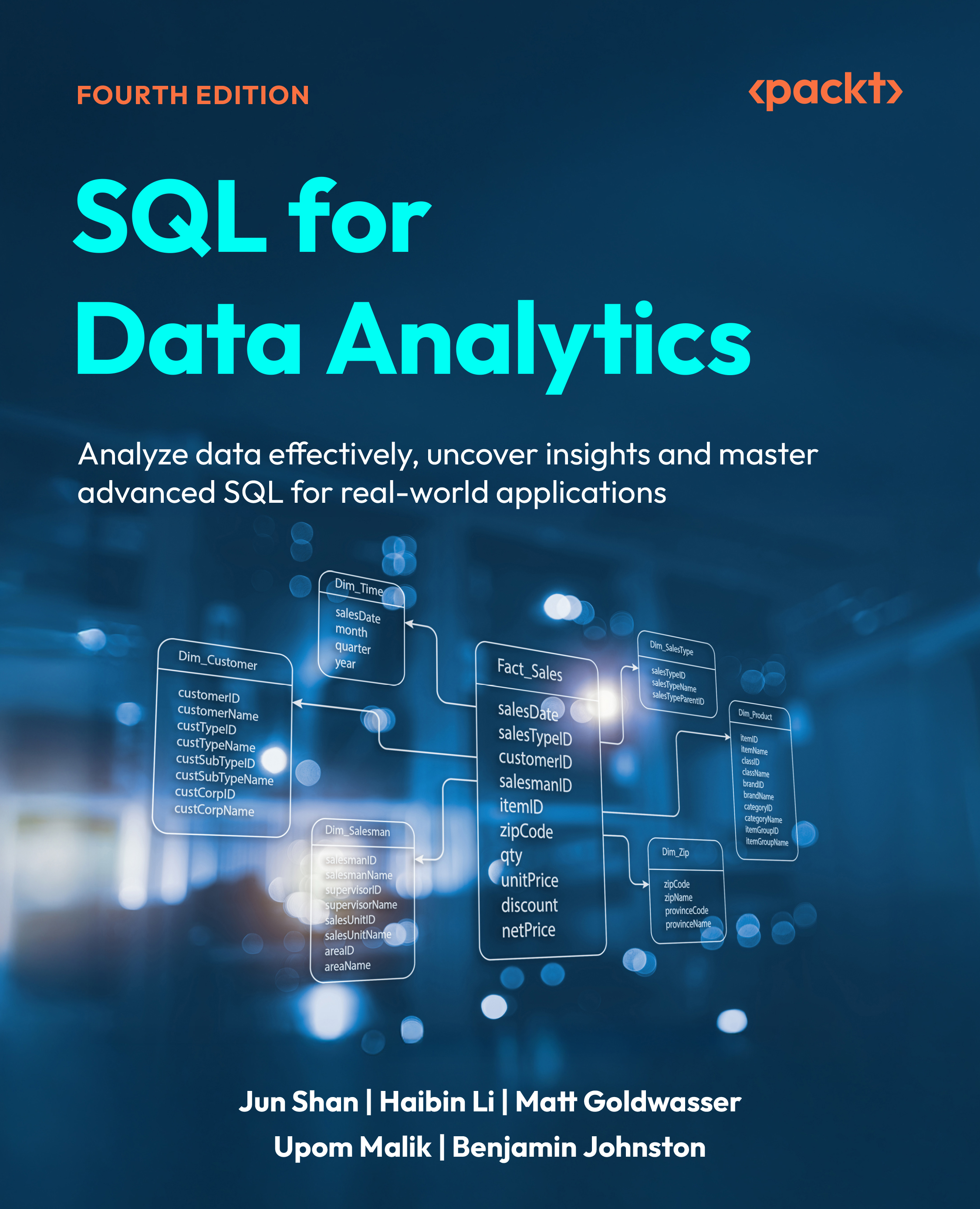The reconstruction method starts by grouping n-gram entries by source URL and combining the "pre", "ngram", and "post" fields into textual fragments. These fragments are then joined by detecting word overlaps and considering positional metadata (article deciles). The method includes logic to correct GDELT-specific artefacts, such as misplaced end-of-article content.
For validation, the authors matched 2,211 articles reconstructed from GDELT data to original full texts obtained from EventRegistry, covering major U.S. news outlets. After cleaning and tokenising both sets, they compared them using Levenshtein Similarity and SequenceMatcher Similarity — both sensitive to word order, which is critical when reconstructing coherent article narratives.
Without filtering, reconstructed articles achieved around 75% similarity to originals; when filtering for articles with at least 80% token overlap, the similarity rose to 95%. These results confirm the method’s strong fidelity even under minor noise or variations.
Limitations include the absence of article titles in GDELT’s dataset and slower single-process performance, although a parallel version of gdeltnews mitigates the latter issue. Future improvements aim to support non-space-separated languages and enhance efficiency.
You can learn more by reading the entire paper or accessing the tool on GitHub.
 United States
United States
 Great Britain
Great Britain
 India
India
 Germany
Germany
 France
France
 Canada
Canada
 Russia
Russia
 Spain
Spain
 Brazil
Brazil
 Australia
Australia
 Singapore
Singapore
 Canary Islands
Canary Islands
 Hungary
Hungary
 Ukraine
Ukraine
 Luxembourg
Luxembourg
 Estonia
Estonia
 Lithuania
Lithuania
 South Korea
South Korea
 Turkey
Turkey
 Switzerland
Switzerland
 Colombia
Colombia
 Taiwan
Taiwan
 Chile
Chile
 Norway
Norway
 Ecuador
Ecuador
 Indonesia
Indonesia
 New Zealand
New Zealand
 Cyprus
Cyprus
 Denmark
Denmark
 Finland
Finland
 Poland
Poland
 Malta
Malta
 Czechia
Czechia
 Austria
Austria
 Sweden
Sweden
 Italy
Italy
 Egypt
Egypt
 Belgium
Belgium
 Portugal
Portugal
 Slovenia
Slovenia
 Ireland
Ireland
 Romania
Romania
 Greece
Greece
 Argentina
Argentina
 Netherlands
Netherlands
 Bulgaria
Bulgaria
 Latvia
Latvia
 South Africa
South Africa
 Malaysia
Malaysia
 Japan
Japan
 Slovakia
Slovakia
 Philippines
Philippines
 Mexico
Mexico
 Thailand
Thailand













